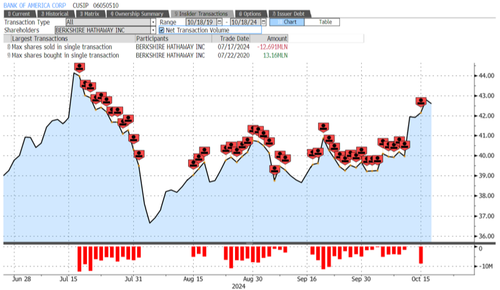
There is a saying: “Just because you are offended does not mean you are right.” Many people are suffering from the misapprehension that the Ontario Human Rights Code addresses any and all injustices or situations of perceived unfairness. It does not.
The code protects people from discrimination on the basis of a number of grounds, including sexual orientation and gender identity and expression. Specifically, it indicates that people cannot be discriminated against in their employment based on a prohibited ground. One day, Bruce was volunteering as an usher at a musical concert run by a non-profit organization.
Even though Bruce was a volunteer, for the purposes of the code, he was considered employed. I know that seems a bit counterintuitive, but it is the law. This organization had its act together.
It had some employees and many volunteers. It had a published inclusion statement with respect to how it treats people connected to the organization. Volunteers and employees receive training under the Ontario Human Rights Code.
It had a respect in the workplace policy and an antidiscrimination and harassment policy. Importantly, it also had a dress code. The dress code indicated what employees were and were not allowed to wear.
One day, Bruce was ushering a concert, and he put a rainbow 2SLGBTQ+ sticker on the name tag he had been provided by the employer. His supervisor asked him to remove it. After a few email exchanges with the general manager, he did.
Then he filed a complaint with the Human Rights Tribunal of Ontario, claiming that making him remove his sticker was an act of discrimination based on his sexual orientation, gender and gender identity. The Supreme Court of Canada long ago held that “There is a difference between discrimination and a distinction. Not every distinction is discriminatory.
” It was up to Bruce to prove to the tribunal that the direction to remove the sticker was related to his sexual orientation or gender identity and expression, at least in part. The tribunal decided the direction was just the employer enforcing its well-known and published uniform policy that prohibited alterations to the name tag. The tribunal was careful to distinguish this from cases where people were prohibited from wearing things connected to their religion.
Those religious adornments have been held to be an essential element of belonging to some religious groups. There was no evidence that wearing a rainbow sticker was an essential element of being a member of the 2SLGBTQ+ community. There was evidence that the employer strictly enforced its policy of not allowing alterations to the name tags.
Bruce’s application was dismissed. He represented himself at the hearing, but the non-profit organization spent money on a lawyer that they will never get back. Having said that, no doubt Bruce brought this application in good faith.
He genuinely thought it was unfair that he could not promote the rainbow flag on the name tag and felt that such promotion was intimately connected with his identity. The Ontario Human Rights Code addresses many injustices. It does not address all instances of perceived unfairness.
.














